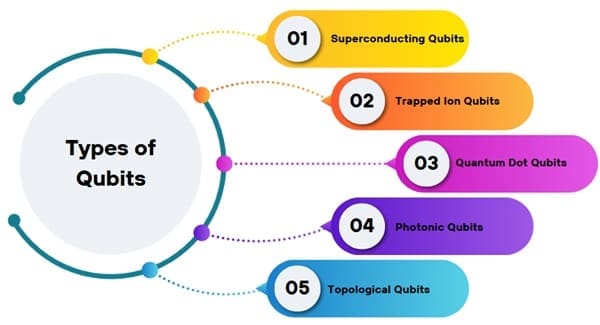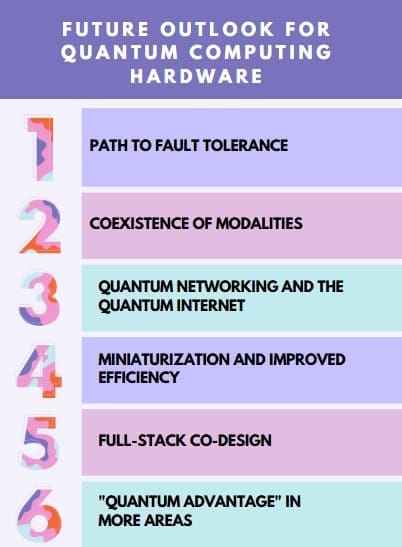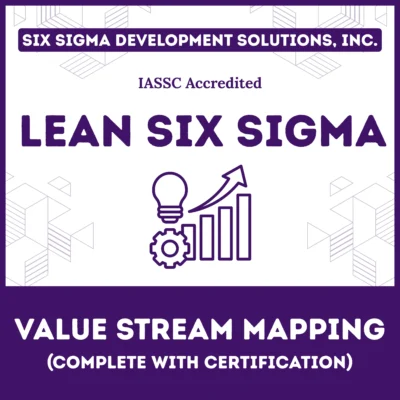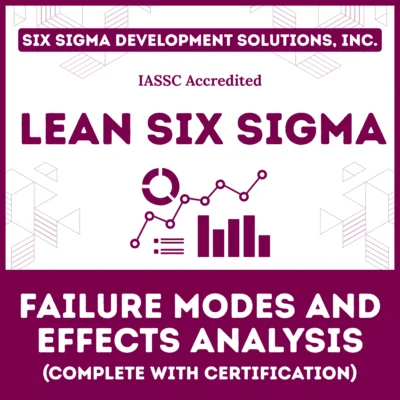Quantum computing hardware is the physical infrastructure enabling quantum computations. It operates on principles of quantum mechanics, utilizing qubits instead of classical bits. This hardware includes qubit systems, control electronics, cryogenic setups, and measurement devices. Advancements in quantum hardware are crucial for realizing practical quantum computing applications.
Engineers design quantum computing hardware to harness the principles of quantum mechanics (like superposition, entanglement, and interference) to perform computations. Unlike classical computers that use bits (which are either 0 or 1), quantum computers use qubits, which can exist in multiple states simultaneously.
The development of robust and scalable quantum computing hardware is one of the biggest challenges in the field, as qubits are incredibly fragile and sensitive to their environment.
Table of contents
What Is Quantum Computing Hardware?
Quantum computing hardware encompasses the physical systems and components that enable quantum computations. Unlike classical computers, which use bits as the smallest unit of data, quantum computers use qubits.
Qubits can exist in multiple states simultaneously, thanks to quantum superposition and entanglement. These properties allow quantum computers to solve certain problems more efficiently than classical counterparts.
Public, Onsite, Virtual, and Online Six Sigma Certification Training!
- We are accredited by the IASSC.
- Live Public Training at 52 Sites.
- Live Virtual Training.
- Onsite Training (at your organization).
- Interactive Online (self-paced) training,
Core Components of Quantum Hardware

Quantum hardware comprises several key components that work together to perform quantum computations:
Qubits
Qubits are the fundamental units of quantum information. They can be implemented using various physical systems, each with its own advantages and challenges. The choice of qubit technology influences the performance, scalability, and error rates of quantum computers.
Quantum Processor
The quantum processor is the central unit where qubits are manipulated and entangled to perform computations. It consists of a network of qubits and quantum gates that process quantum information.
Control Electronics
Classical control electronics manage the operations of qubits, including initialization, manipulation, and measurement. They interface with the quantum processor to execute quantum algorithms.
Cryogenic Systems
Quantum processors often operate at temperatures close to absolute zero to maintain quantum coherence. Cryogenic systems use supercooled superfluids to achieve these ultra-low temperatures. Maintaining such low temperatures is crucial for reducing thermal noise and preserving the delicate quantum states of qubits.
Measurement Devices
Measurement devices detect the state of qubits after computation. They convert quantum information into classical data for interpretation. Accurate measurement is essential for extracting meaningful results from quantum computations.
Types of Qubits

Several physical implementations of qubits exist, each with unique characteristics:
Superconducting Qubits
Initially, engineers create superconducting qubits from superconducting materials, ensuring they operate at extremely low temperatures. Then, they manipulate these qubits using microwave pulses, favoring them for their relatively robust coherence times. For example, designers often use transmon qubits because they are less sensitive to charge noise.
Trapped Ion Qubits
Trapped ion qubits utilize individual ions trapped in electromagnetic fields and manipulated with lasers. They are known for long coherence times and high-fidelity measurements. Companies like IonQ specialize in this technology.
Quantum Dot Qubits
Quantum dot qubits are based on the electronic spin states of electrons confined in semiconductor quantum dots. They are manipulated using electrical gates and magnetic fields. Quantum dot qubits are particularly interesting for their potential scalability and compatibility with existing semiconductor technology.
Photonic Qubits
Photonic qubits are based on the quantum properties of light, such as polarization and phase. Furthermore, optical components like beam splitters and phase shifters manipulate them. Consequently, researchers often utilize photonic qubits to send quantum information across long distances through optical fibers, making them highly suitable for quantum communication and cryptography.
Topological Qubits
Topological qubits aim to use anyons and braiding to perform quantum computations. They are predicted to be more robust against noise and errors than other types of qubits. Microsoft is actively researching this approach, though it remains largely experimental.
Quantum Gates and Circuits
Quantum gates manipulate qubits through operations like Hadamard, Pauli-X, and CNOT gates. These gates form quantum circuits that perform complex algorithms. Unlike classical gates, quantum gates are reversible and can create entangled states, enabling parallel computation. Quantum circuits are designed to solve specific problems by arranging these gates in a sequence.
Quantum Error Correction
These systems are susceptible to errors due to decoherence and noise. Quantum error correction techniques are vital for maintaining computational integrity. These methods involve encoding logical qubits into multiple physical qubits to detect and correct errors. Techniques like the Shor code and surface codes are commonly used to protect quantum information.
Also Read: What is Big Data Analytics?
Challenges in Quantum Hardware
Building and maintaining quantum hardware presents several challenges:
Decoherence
Decoherence is the loss of quantum information due to environmental interactions. It is a significant challenge in maintaining the integrity of quantum computations.
Scalability
Increasing the number of qubits while maintaining coherence and control is a major hurdle. Scalability is essential for solving complex problems that require large quantum systems.
Error Rates
High error rates necessitate robust error correction methods. Reducing error rates is crucial for reliable quantum computations.
Cryogenic Requirements
Maintaining ultra-low temperatures for superconducting qubits is energy-intensive. Developing more energy-efficient cooling methods is an ongoing area of research.
Applications of Quantum Computing Hardware
Quantum hardware enables a range of applications:
Cryptography
Quantum computing has the potential to break classical encryption methods and develop quantum-resistant algorithms. Quantum key distribution (QKD) is a method for secure communication that leverages the principles of quantum mechanics.
Optimization
Quantum computers can solve complex optimization problems in logistics, finance, and manufacturing. They can analyze vast amounts of data and consider multiple variables simultaneously, leading to more optimal solutions.
Drug Discovery
Quantum computing can accelerate the process of drug discovery by simulating the behavior of molecules at the quantum level. This can lead to the development of new drugs and therapies.
Artificial Intelligence
Quantum computing can enhance machine learning algorithms by improving the speed and efficiency of data analysis. This can lead to more accurate predictions and better decision-making.
Future Outlook for Quantum Computing Hardware

The future of quantum computing hardware is bright, albeit with a long road ahead:
- Path to Fault Tolerance: The primary long-term goal is to achieve fault-tolerant quantum computers (millions of stable, error-corrected logical qubits). This will unlock the true potential of quantum computing for transformative applications. While 2035 or later is often cited for widely available “highest-value” quantum computers, significant milestones are expected much sooner.
- Coexistence of Modalities: It’s unlikely that one qubit technology will “win” outright. Different modalities (superconducting, trapped ion, neutral atom, photonic, silicon spin, topological) may find their niche based on their strengths, leading to diverse quantum computing ecosystems. Hybrid approaches combining the best aspects of different technologies could also emerge.
- Quantum Networking and the Quantum Internet: As quantum computers mature, the focus will extend to connecting them through quantum networks. This will enable distributed quantum computing and lay the groundwork for a quantum internet, offering ultra-secure communication and novel distributed applications.
- Miniaturization and Improved Efficiency: Research will continue to drive miniaturization of quantum hardware components, reducing the size and power requirements of cryogenic systems and control electronics. This will make quantum computers more practical and potentially more accessible.
- Full-Stack Co-Design: There will be an increasing emphasis on co-designing hardware and software together. This means optimizing qubit architectures and control systems in conjunction with quantum algorithms and programming tools to maximize performance for specific applications.
- “Quantum Advantage” in More Areas: While still in the “NISQ” (Noisy Intermediate-Scale Quantum) era, we will see more demonstrations of quantum advantage for increasingly complex problems in areas like materials science, drug discovery, financial modeling, and optimization.
Also Read: What is Computer Aided Design?
Final Words
Quantum computing hardware is the cornerstone of the quantum computing revolution. While challenges remain, advancements in qubit technology, error correction, and system integration continue to push the boundaries of what is possible. As the field progresses, quantum hardware will unlock new realms of computation, offering solutions to problems once deemed intractable.



















